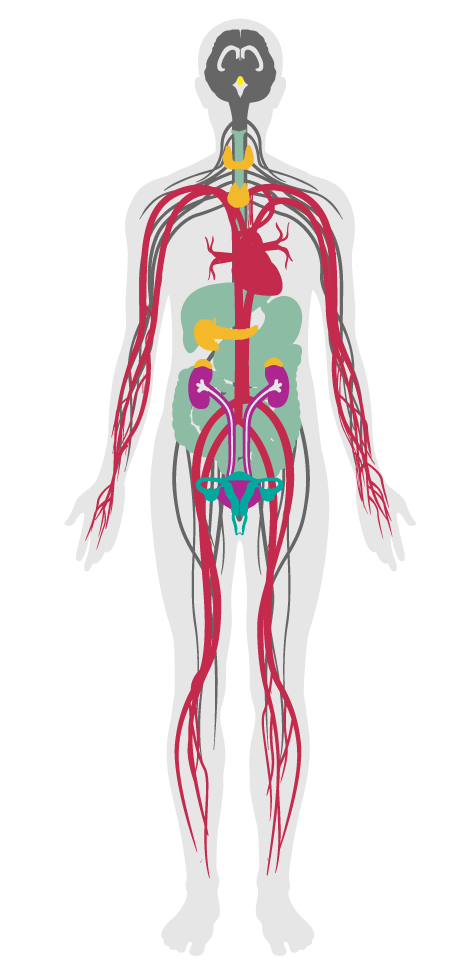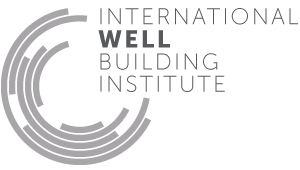Agricultural contaminants
33. Agricultural contaminants
Exposure to herbicides, pesticides and fertilizers that enter the water supply from agricultural and stormwater runoff has been linked to kidney, liver, gastrointestinal and reproductive health issues. While these are typically not found in high enough concentrations to cause acute health problems, they can be difficult to contain and remediation strategies often require action at the municipal and industrial level.
This feature calls for the responsible management of herbicide, pesticide and fertilizer usage to help limit leaching into water sources. This feature also sets maximum safety limits for common pesticides and herbicides detected in indoor drinking water. If detected, these contaminants can be removed with carbon filters.
Water from all kitchen faucets and drinking fountains meets the following requirement:
All water being delivered to the project area except water not designated for human contact meets the following requirements:

Applicability Matrix
| Core & Shell | Tenant Improvement | New Construction | |
|---|---|---|---|
| Part 2: Fertilizers | P | P | P |
| Part 2: Microorganisms | P | P | P |
| Commercial Kitchen | Schools | Multifamily Residential | Restaurant | Retail | |
|---|---|---|---|---|---|
| Part 2: Fertilizers | P | P | P | P | P |
| Part 2: Microorganisms | P | P | P | P | P |
Verification Methods Matrix
| Letters of Assurance | Annotated Documents | On-Site Checks | |
|---|---|---|---|
|
PART 2 (Performance) Fertilizers |
Performance Test | ||
|
PART 2 (Performance) Microorganisms |
Performance Test |
| 33.1.a |
The California Environmental Protection Agency regulates Atrazine in drinking water to a Maximum Contaminant Level of 0.001 mg/L. |
| 33.1.b |
The WHO Guidelines for Drinking Water Quality set a guideline value for Simazine concentrations at 0.002 mg/L. |
| 33.1.c |
The EPA's Drinking Water Standards and Health Advisories set a Maximum Contaminant Level for Glyphosate concentrations at 0.7 mg/L. |
| 33.1.d |
The EPA's Drinking Water Standards and Health Advisories set a Maximum Contaminant Level for 2,4-Dichlorophenoxyacetic Acid concentrations at 0.07 mg/L. |
| 33.2.a |
The EPA's Drinking Water Standards and Health Advisories set a Maximum Contaminant Level for Nitrate (as N) concentrations at 10 mg/L. |
